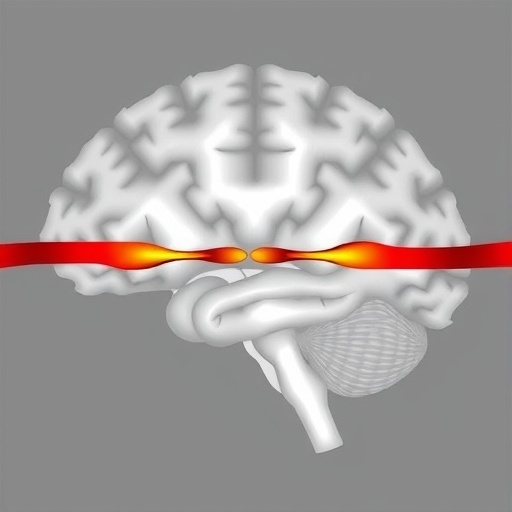BINGHAMTON, NY-Government agencies cannot always use social media and telecommunication to uncover the intentions of terrorists as terrorists are now more careful in utilizing these technologies for planning and preparing for attacks. A new framework developed by researchers at Binghamton University, State University of New York is able to understand future terrorist behaviors by recognizing patterns in past attacks.
Researchers at Binghamton have proposed a comprehensive new framework, the Networked Pattern Recognition (NEPAR) Framework, by defining the useful patterns of attacks to understand behaviors, to analyze patterns and connections in terrorist activity, to predict terrorists' future moves, and finally, to prevent and detect potential terrorist behaviors.
Using data on more than 150,000 terrorist attacks between 1970 and 2015, Binghamton University PhD student Salih Tutun developed a framework that calculates the relationships among terrorist attacks (e.g. attack time, weapon type) and detects terrorist behaviors with these connections. Mohammad Khasawneh, professor and head of the Systems Science and Industrial Engineering (SSIE) department at Binghamton University, assisted and advised Tutun with his research. In the framework, there are two main phases: (1) building networks by finding connections between events, and (2) using a unified detection approach that combines proposed network topology and pattern recognition approaches. Firstly, the framework identifies the characteristics of future terrorist attacks by analyzing the relationship between past attacks. Comparing the results with existing data shows that the proposed method was able to successfully predict most of the characteristics of attacks with more than 90% accuracy.
Moreover, after building the network with connections, the researchers propose a unified detection approach that applies pattern classification techniques to network topology and features of incidents to detect terrorism attacks with high accuracy, and identify the extension of attacks (90 percent accuracy), multiple attacks (96 percent accuracy) and terrorist goals (92 percent accuracy). Hence, governments can control terrorist behaviors to reduce the risk of future events. The results could potentially allow law enforcement to propose reactive strategies, said Tutun.
"Terrorists are learning, but they don't know they are learning. If we can't monitor them through social media or other technologies, we need to understand the patterns. Our framework works to define which metrics are important," said Tutun. "Based on this feature, we propose a new similarity (interaction) function. Then we use the similarity (interaction) function to understand the difference (how they interact with each other) between two attacks. For example, what is the relationship between the Paris and the 9/11 attacks? When we look at that, if there's a relationship, we're making a network. Maybe one attack in the past and another attack have a big relationship, but nobody knows. We tried to extract this information."
Previous studies have focused on understanding the behavior of individual terrorists (as people) rather than studying the different attacks by modeling their relationship with each other. And terrorist activity detection focuses on either individual incidents, which does not take into account the dynamic interactions among them; or network analysis, which gives a general idea about networks but sets aside functional roles of individuals and their interactions.
"Predicting terrorist events is a dream, but protecting some area by using patterns is a reality. If you know the patterns, you can reduce the risks. It's not about predicting, it's about understanding," said Tutun.
Tutun believes that policymakers can use these approaches for time-sensitive understanding and detection of terrorist activity, which can enable precautions to avoid against future attacks.
"When you solve the problem in Baghdad, you solve the problem in Iraq. When you solve the problem in Iraq, you solve the problem in the Middle East. When you solve the problem in the Middle East, you solve the problem in the world," said Tutun. "Because when we look at Iraq, these patterns are happening in the USA, too."
The paper, "New framework that uses patterns and relations to understand terrorist behaviors," was published in Expert Systems with Applications.
###
Media Contact
Salih Tutun
[email protected]
@binghamtonu
http://www.binghamton.edu
############
Story Source: Materials provided by Scienmag




